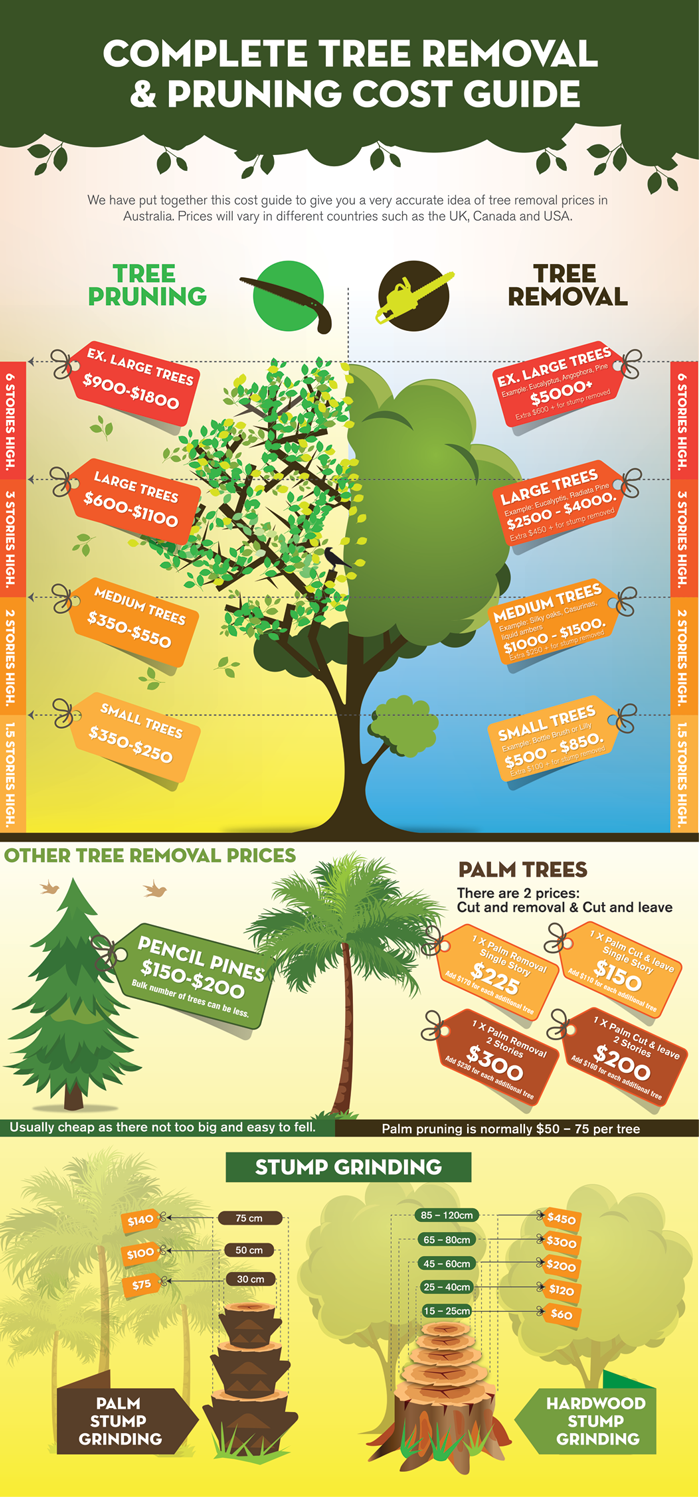Safeguarding Your Landscape: Replanting After Tree Removal
Safeguarding Your Landscape: Replanting After Tree Removal
Blog Article
Developed By-Asmussen Harper
Tree elimination can leave a void in your landscape that requires filling. You can grow something new in that area, but it takes added care and interest at the beginning to help it prosper.
The soil in that location will certainly keep altering gradually as microorganisms break down the old origins. That can influence the vitamins and mineral equilibrium and physical area for brand-new development.
Dirt
The dirt in a plot where a tree has actually been removed is likely to be extremely different from the rest of your garden or yard. The origins of the old tree and the stump will certainly have transformed the dirt, removing some nutrients and potentially crowding out other plants. In addition, if the previous tree was diseased, the contagious agent may still be in the ground.
The visibility of origins promotes a rich and diverse area of soil microbes that enhances necessary procedures like nutrient biking and raw material decay. Without these bacteria, the displaced dirt can end up being less abundant and nutrient-depleted, with a negative influence on plant growth.
Prior to replanting, the dirt needs to be eliminated of debris and organic material (such as timber chips from stump grinding). You might desire to mix in potting soil or indigenous dust with this compost to offer your new planting with a setting that is well balanced and filled with nutrients.
Water
Tree origins absorb big amounts of water from the dirt. This procedure also includes nutrients back to the soil, especially nitrogen, which is essential for brand-new trees and plants. Regrettably, old dirt can be depleted of these essential minerals because of the rotting roots and stump from a gotten rid of tree.
This is why it is necessary to have a prepare for the future of your landscape. Preferably, the best time to plant is when you have a fresh start.
Whether you're growing yard or blossoms, ensure to utilize a soaker tube to avoid overwatering your brand-new landscaping. If the area was a garden, ensure to cover the soil with organic compost to aid keep dampness in the dirt, regulate soil temperatures and suppress weeds. This likewise supplies a layer of defense for young plants and promotes worm activity. After that, regularly restore the mulch to proceed enhancing the dirt nutrient thickness and microbial life. This is known as dirt restoration.
Light
Trees are a wonderful addition to any type of landscape, giving color, visual pulchritude, and many various other advantages. However, sometimes trees come to be unpleasant as a result of a variety of reasons, including illness, insect invasions and natural aging.
In https://omaha.com/sponsored/5-landscape-design-ideas-for-upping-curb-appeal-and-maximizing-your-living-space-outdoors/article_4f6ec3ad-3a6e-5993-a10c-e9453a45ff58.html , it may be required to get rid of a tree. It is very important to take into consideration the value of a specific tree in your landscaping and take the proper steps to guarantee that the removal is done securely and efficiently.
Throughout the late summer, it's a suitable time to execute upkeep and examinations on existing trees. garden tidy of condition, insect invasions, or structural damages, along with any kind of prospective threats such as damaged or leaning trees.
Before starting any kind of building jobs, make certain to shield the root areas of existing trees by avoiding dirt compaction and grading around them. Organic matter, as it breaks down, can produce harmful gases that are detrimental to the roots of a tree. It's also an excellent idea to mulch the location around a tree after construction has ended up to conserve moisture and suppress weed development.
Temperature level
Trees are essential to a landscape for their aesthetic charm, however they additionally play a vital function in the local ecological community by giving shade and windbreaks. They sustain wild animals habitats and reduce the amount of carbon dioxide in the air, which can add to international warming. This is why it is advisable to replant trees after removing one from the property.
When replanting a brand-new tree in the place of a previous stump, the soil may not have enough nutrients to support it. It is best to wait on a year prior to growing to ensure that the dirt will certainly be abundant in nutrients.
To guarantee that replanted trees prosper, it is critical to give them with proper care. A layer of mulch will maintain dirt wetness from evaporating, control dirt temperature level, and aid subdue weeds. Organic compost is the preferred option due to the fact that it improves soil fertility. Ongoing fertilization and parasite control are also crucial for replanted trees.